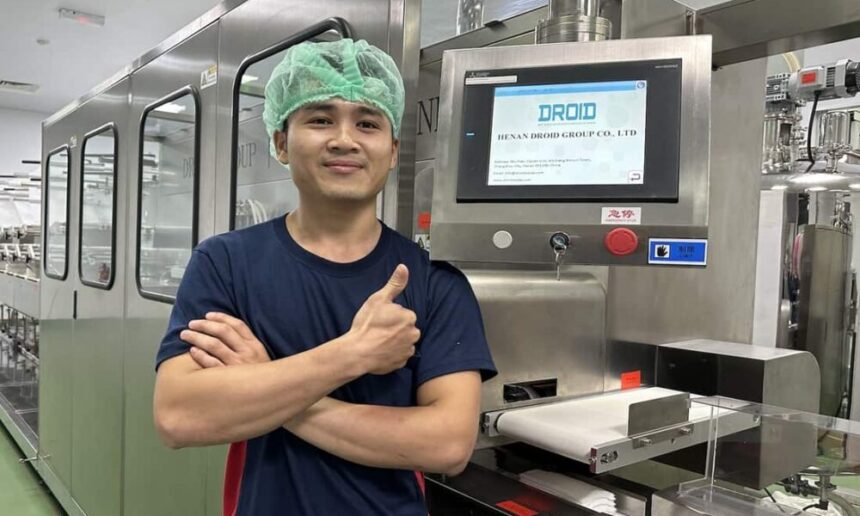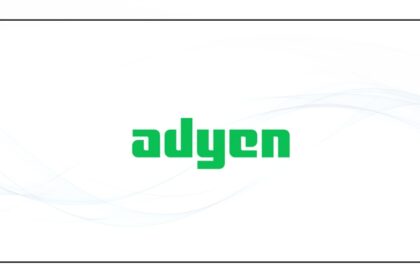The importance of wet wipes can’t be overemphasized because it offers easiness and cleanliness in a mobile form. The range includes baby wipes to disinfectant wipes, which means that wet wipes manufacturer have to observe quality and hygiene according to set standards. This blog post will look at the various ways wet wipe manufacturers sustain high standards of quality and hygiene.
Sourcing Quality Raw Materials
The beginning of having good quality wet wipes is having the right combination of raw materials. Manufacturers purchase high-quality fibers that are typically produced using combinations of natural and synthetic materials such as cotton, rayon or polyester. These are selected for their softness, absorbency, and strength among other things. Moreover, ingredients in solutions for making wet wipes such as moisturizers, cleansers, disinfectants among others are carefully formulated by considering safety components.
Strict Supplier Audits
Manufacturers carry out tough assessments on suppliers to maintain consistency in terms of their products’ quality. In these appraisals there are different aspects considered including compliance with concerned industry standards for the supplier’s side; manufacturing practices followed by them plus raw material quality offered by these producers. Thus they ensure that only reliable suppliers meet stringent criteria which ensures top standard production basis.
Advanced Production Techniques
It should be noted that after obtaining high-quality raw materials used within the manufacturing process leads to the final product’s quality and hygiene levels attained. Therefore modern methods employed in producing this type of goods rely upon sophisticated machinery which enables automation.
Automated Production Lines
By automating wiping processes human interference is minimized thus reducing chances of contamination occurring due to contact with people especially through handling during manufacture. The lines take care of everything from the initial stages like processing raw materials all the way to packaging without any direct intervention of people thus ensuring regularity across all products manufactured and upholding high health standards along the production chain.
Cleanroom Facilities
A lot of baby wipes manufacturerwork from places where cleanroom environments are maintained to control air quality, temperature and humidity. The cleanrooms also have HEPA filters which capture air particles ensuring that no contamination takes place in the manufacturing area. For this reason, there is strict dress code for people operating in these rooms to minimize further any risk of contaminating the products.
Strict Quality Management
Quality control is an important part of wet wipes production. Different levels of checking quality are put in place by manufacturers to ensure uniformity across all batches of wipes manufactured.
In-Process Inspections
The wiping process is monitored during its occurrence through various measures such as weight, size or even level of saturation on every towel. Additionally, real time monitoring will help to identify noncompliance with the set specifications and adjustments made accordingly so that consistency can be achieved.
Microbial Assay
Other than being subjected through a series of controls it should also be mentioned that microbial testing falls under them too. Thus each wipe’s lot has samples taken out for microbial analysis purposes designed to determine the absence or presence of bacteria, fungi and other harmful organisms within it. Such laboratories should have microbiological analysis instruments that are top-of-the-range.
Final Product Analysis
Lastly, before release into market, final product tests are done on wet wipes Samples are examined physically such as their durability; softness, solution effectiveness among others while another test involves inspecting package integrity aimed at verifying whether they remain moisture-laden without a touch of pollutants until they land into customer’s hands.
Compliance to Regulatory Standards
Various regulatory standards and guidelines must be complied by water wipes manufacturerso as to ascertain the safety and quality of their products. These benchmarks are set by bodies like Food and Drug Administration, European Medicines Agency and International Organization for Standardization among others (FDA, EMA, ISO).
Adherence to Good Manufacturing practices (GMP)
Manufacturers adhere to Good Manufacturing Practices (GMP) in order that their products can be consistently manufactured and controlled according to quality standards. The GMPs cover all of the product’s production aspects from procurement of raw materials through final packaging.
Certification and Accreditation
Recognition by approved bodies is another way that shows how committed manufacturers are in terms of quality and hygiene. Certifications such as ISO 9001 for the Quality Management Systems and ISO 22716 for the Cosmetic GMP Guidelines assure that a manufacturer adheres to globally accepted norms.
Continual Improvement and Innovation
The industry for wet wipes is dynamic with manufacturing companies investing heavily on research and development aimed at improving their products. Continuous improvement programs focus on improving the quality, safety and environmental performance of wet wipes.
Sustainable Practices
Manufacturers are increasingly adopting sustainable practices to reduce their environmental footprint. This involves use of biodegradable materials, reduction of water/energy consumption as well as recycling systems.
Consumer Feedback & Testing
In this continuous improvement process, consumer feedback plays an important role. Manufacturers undertake consumer testing so as to gather information on product performance levels/satisfaction levels. This information helps in making improvements towards meeting ever changing needs of consumers.
Conclusion
Ensuring the quality and hygiene requirements for a wet wipe are complex processes involving several factors. Starting from high-quality raw material sourcing down up to deployment advanced manufacturing techniques inclusive of stringent quality control measures means that manufacturers strive hard in achieving safe yet effective products. Moreover, compliance with regulatory standards coupled with commitment towards continual improvement further demonstrates how committed makers of wet wipes are to high standards of quality and hygiene.








